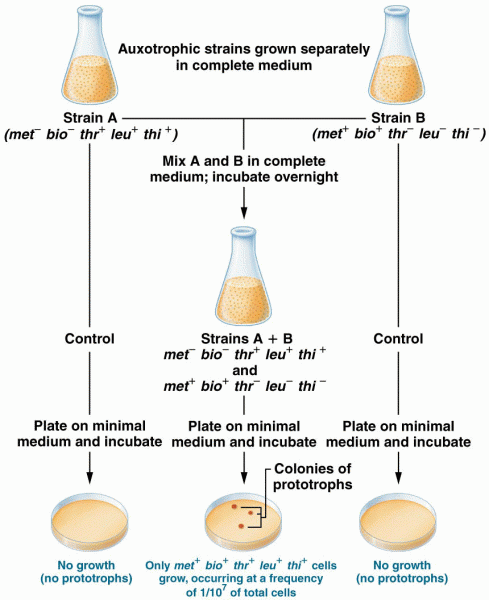Answer to Question 1
2
Rationale 1: WBC is used to determine infection.
Rationale 2: PT and INR should be monitored for a client receiving warfarin (Coumadin) therapy.
Rationale 3:BNP is incorrect because this lab result does not pertain to clotting.
Rationale 4:aPTT is incorrect because this should be monitored for a client receiving heparin therapy.
Global Rationale: PT and INR should be monitored for a client receiving warfarin (Coumadin) therapy. PT is incorrect because it should be monitored with INR for a client receiving warfarin (Coumadin) therapy. BNP is incorrect because this lab result does not pertain to clotting. aPTT is incorrect because this should be monitored for a client receiving heparin therapy.
Answer to Question 2
2
Rationale 1:INR is incorrect because it should be monitored for a client receiving warfarin (Coumadin) therapy.
Rationale 2: To avoid serious adverse effects, drug therapy with coagulation-modifier drugs is individualized to each patient and must be carefully monitored. For heparin, the activated partial thromboplastin time (aPTT) is used.
Rationale 3: BNP or beta natriuretic peptide is used for the severity rate of congestive heart failure.
Rationale 4:PT is incorrect because it should be monitored for a client receiving warfarin (Coumadin) therapy.
Global Rationale: To avoid serious adverse effects, drug therapy with coagulation-modifier drugs is individualized to each patient, and must be carefully monitored. For heparin, the activated partial thromboplastin time (aPTT) is used. PT and INRare incorrect because they should be monitored for a client receiving warfarin (Coumadin) therapy. BNP is incorrect because this lab result does not pertain to clotting.







